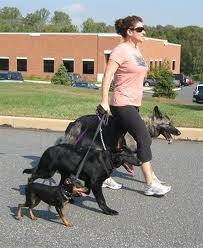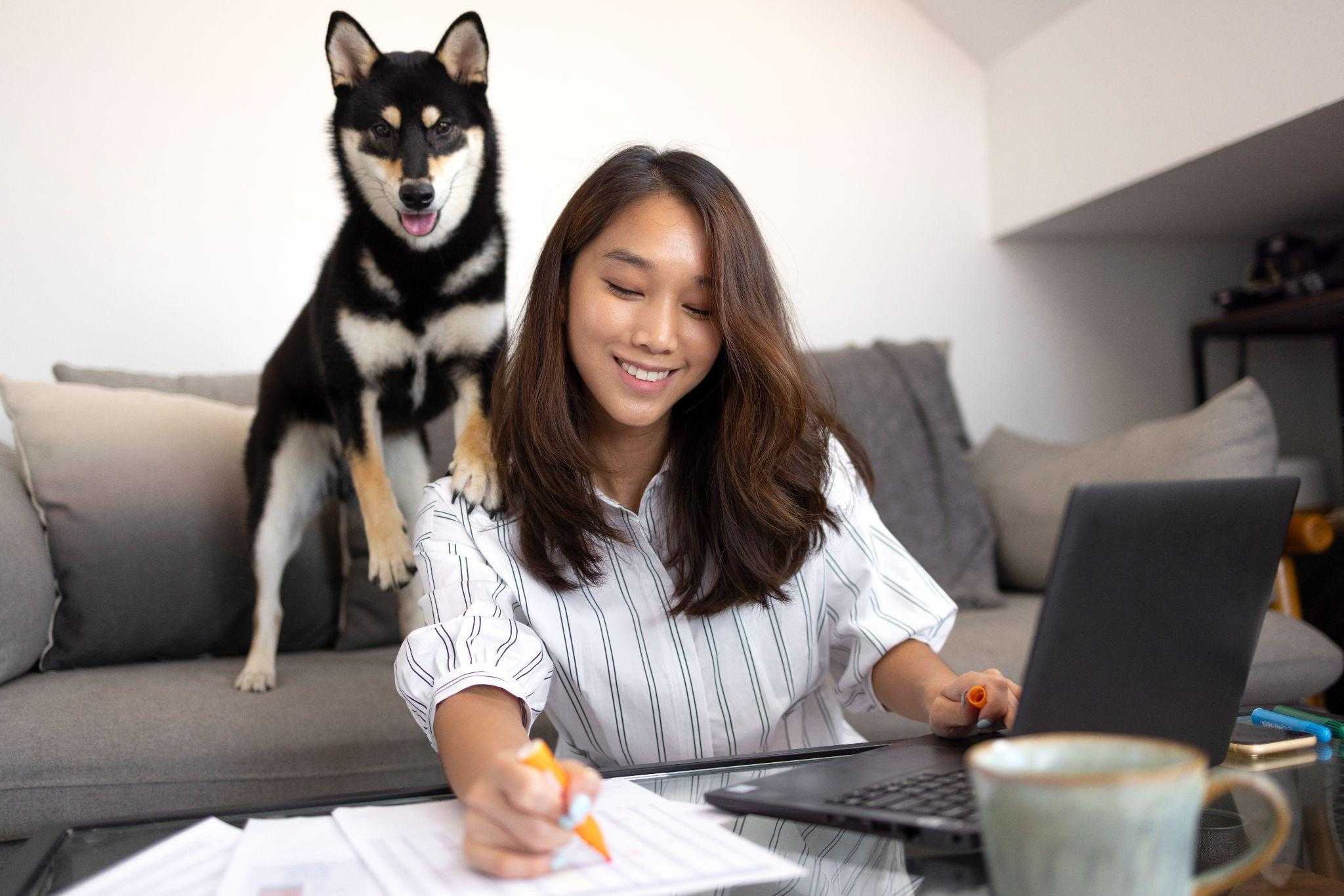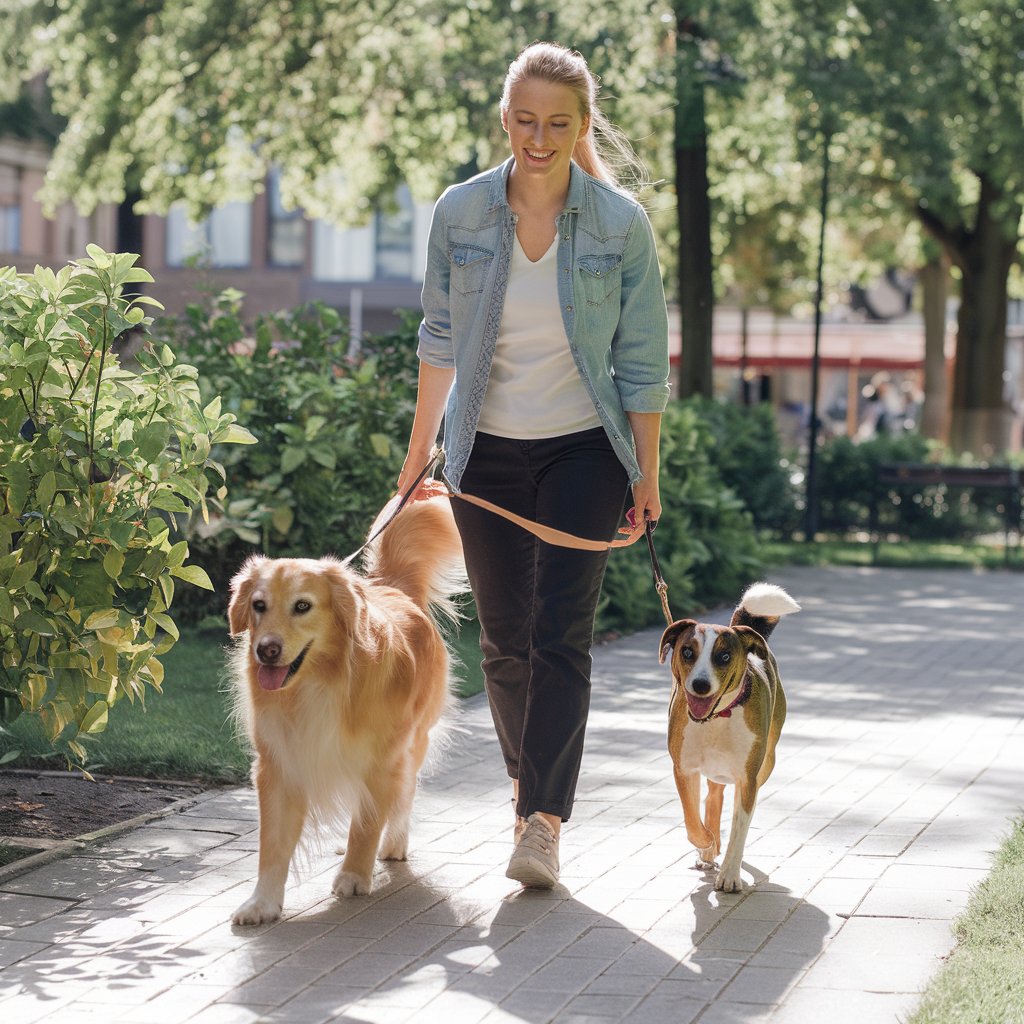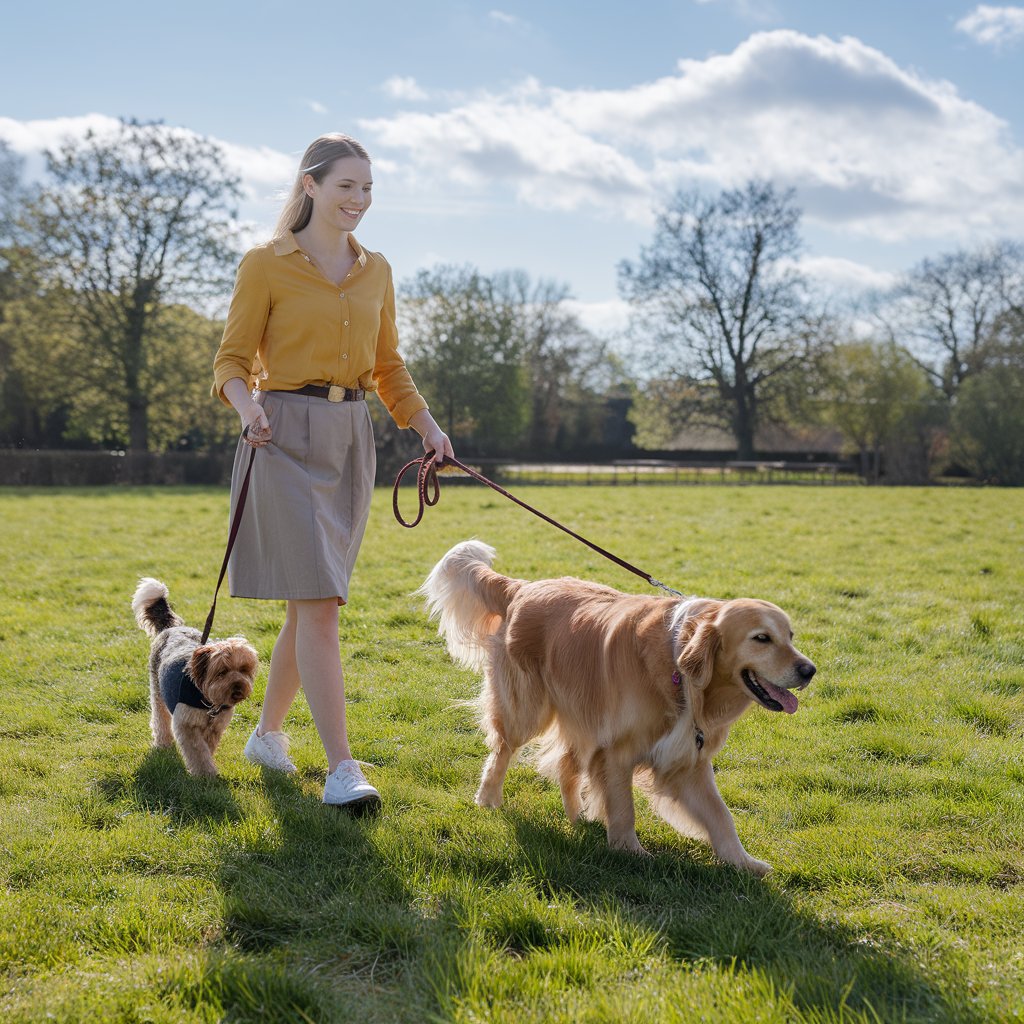Responsible Dog Walking

NarpsUK have terms and conditions in place for its dog walking and pet sitting members, two of these conditions is that no more than 4 dogs should be walked at one time and that only dogs where you can guarantee their recall should be let off leads.
These terms and requests of cooperation are not there to annoy or to be ignored; they have a significant purpose in terms of safety and fun for you, the dogs and other people.
As you’ll know, parks and recreational grounds are available for everyone to use, including those without pets, and those who don’t like or who are scared of dogs. They’re often used by young children and families as well as pet people and equally passionate other dog walkers. Because of this it is vital that all dog walkers stick to the high standards and terms set out by NarpsUK.
Explanations for the standards and their enforcement are expanded below:
Groups of dogs can be intimidating to other dogs. They can encourage aggression, fear and/or unwanted attention, potentially leading to fights, bites and dogs becoming frightened to walk in the area. Any more than 4 at one time is deemed unsafe for one person to control. You cannot always judge and rely on a dog’s temperament; even the most placid and friendliest of dogs can switch their behaviour very quickly should they feel threatened or overwhelmed.
Some people and children are not ‘pet’ people and can feel uncomfortable, panic-stricken and scared around dogs. It can’t be assumed that others using parks enjoy dogs or enjoy being around them, nor is it fair to do so. Everyone has the right and freedom to use parks and recreational grounds for their personal or sporting use. Dog walkers should not spoil and ruin this time for other people, children and their parents.
To a person or family who are not used to or are scared of dogs, it is truly frightening and intimidating to be approached by dogs, particularly if the walker does not understand.
A group of dogs running towards children and or any person can be seen as unsafe and threatening. The person or people are unsure what to do, where to go, how to behave or react. Screaming, shouting and/or running away is often a reaction of a scared person or child, but this will alert the dog or dogs who can switch into protective or fear mode… cue more potential aggression, bites or dogs becoming frightened themselves.
The physical effects on children, adults and the elderly results in an increased heart rate and an increased breathing rate, and fainting can occur at its extreme level. They do not know if these dogs will attack them, bite, growl or knock them over, and it is unacceptable to place a fellow person in this position. You understand the dogs you’re working with, but they can see things very differently.
The elderly and children are particularly vulnerable. A single incident with a dog can leave a child with a lifelong fear of dogs, making a significant impact of their lives now, and in the future. Those of us who enjoy the company of dogs would not wish this on anyone. Dogs who are circling, running around, charging and jumping up is immense fun for the dogs and you as walkers. For the elderly and children (and parents) however, it can be terrifying - not to mention dangerous; they are easily knocked over, leading to injuries such as bruising, scratches, cuts, dislocations and broken bones. (As you’ll be aware, bones and joints of children and the elderly are not as robust as adults and are easily damaged.)
Joining with other dog walkers dramatically increases these problems. Attention must be on your own dogs at all times. If you are distracted by, for example, talking to other dog walkers and their group of dogs, your own group in question may be causing frights, stress and chaos with other people and families. Being unaware of your group’s behaviour and whereabouts increases the likelihood of them defecating in unsuitable areas and you not picking up their faeces. The potential for you to miss cries for help or requests to recall your dogs is huge.
Dogs must only be let off their leads if you are 100% CERTAIN you have complete control and faith in their recall ability. The consequences of not having this self-assurance results in accidents, injuries (dog and human), fights, lost dogs, defecating in unsuitable areas, zoonotic diseases infecting the public, and people being intimidated or scare. Some will avoid the park or areas completely.
As a professional dog walker you’ll understand that walking dogs on behalf of their owners is a responsibility and honour they have entrusted you with. Taking the same relaxed approach as you might perhaps with your own animals is not sensible or safe. There are numerous further incidents which can also occur, the majority of which are preventable and containable by staying within the guidelines set by NARPS UK.
It is possible that in the future separate walking areas within parks and recreational grounds may be created. Until such time, NARPS UK wishes everyone safe, fun and professional dog walking. If you have any questions or concerns about this information, please contact www.narpsuk.co.uk or call our customer service team on: 01322 683 564.



